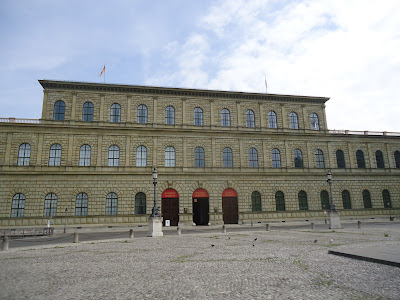Royal secrets of the Santa Maria del Fiore Cathedral in Florence

In the previous post about Florence, I mentioned the Florence Cathedral—Santa Maria del Fiore— and the murder of Giuliano de’ Medici on Easter. Which Royals did visit the Florence Cathedral in the past? Historical Royal Visitors Emperor Charles V (Holy Roman Empire) Visited Florence in 1536 after defeating the Republic. A grand procession took place, likely involving the cathedral. King Victor Emmanuel II (Italy) As the first king of unified Italy, he visited Florence when it was the temporary capital (1865–1871). The cathedral was a centerpiece of the city's prestige. Queen Victoria (United Kingdom) Though never officially on a state visit, Queen Victoria was known to have a deep interest in Italian art and culture and spent time in Florence. See also the blogpost about Queen Victoria and Florence on this link . 10 things you should know about the Cathedral of Florence 1. it's a masterpiece of the Renaissance The Florence Cathedral is a prime example ...



